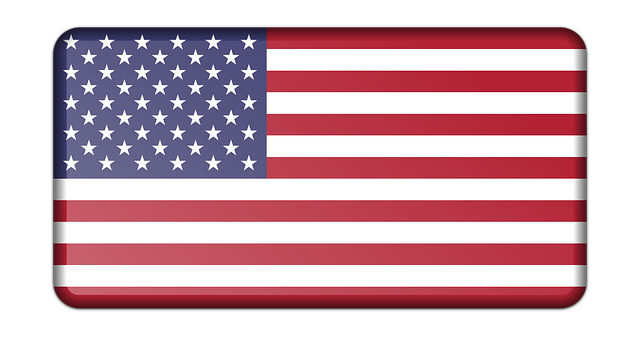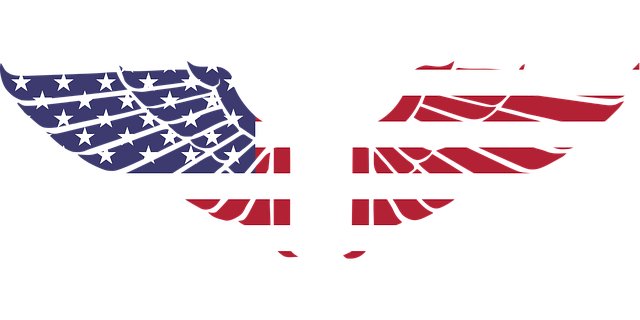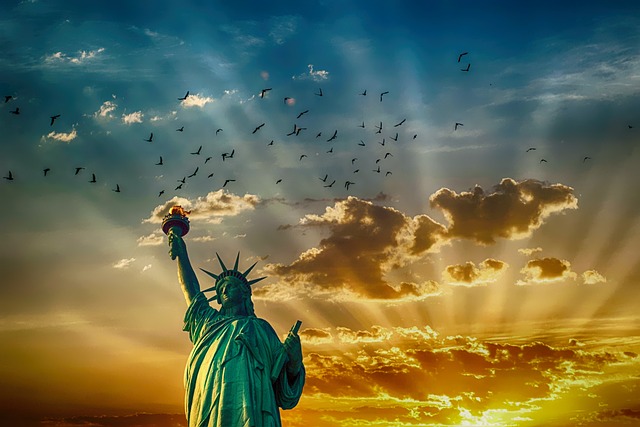The American Eagle and Ultimate Flags are pivotal symbols deeply embedded in the nation's identity, culture, and history. They represent the country's values of strength, freedom, and unity, and have evolved to reflect America's journey through various eras and challenges. The eagle, since its adoption as the national emblem in 1782, has balanced symbols of war and peace, and its inclusion on the U.S. Ultimate Flags signifies resilience and national pride. Together, these icons have stood the test of time, weathering historical events and serving as a source of unity during times of both triumph and adversity. They are revered for their role in uniting Americans from diverse backgrounds, embodying the collective memory of challenges overcome and shared values that define the American character. The American Eagle's presence across art, literature, and public discourse underscores its significance as a symbol of America's enduring resilience, capacity for reinvention, and commitment to freedom and democracy. These emblems continue to inspire and remind citizens of their shared heritage and the principles upon which the nation was founded.
The article you are about to explore delves into the profound symbolism that the American Eagle and flag hold, not just as emblems of national pride but as enduring representations of American ideals and resilience. From their origins and historical evolution to their significant roles in art, literature, and culture, these icons have stood the test of time, embodying the spirit of America’s unity and freedom. Join us as we trace the rich tapestry of meanings woven into the American Eagle and flag, and how they continue to inspire and reflect the nation’s journey through history and into the future.
- The Enduring Symbolism of the American Eagle and Flag: A Beacon of Freedom and Unity
- The History and Evolution of the American Eagle in Iconography and National Identity
- The Resilience Embodied: How the American Eagle and Flag Have Weathered Historical Challenges
- The American Eagle: A Flight Through Its Significance in Art, Literature, and Culture
- Celebrating the Spirit of America: The Role of the American Eagle and Flag in National Observances and Cultural Reflection
The Enduring Symbolism of the American Eagle and Flag: A Beacon of Freedom and Unity

The American eagle and flag are enduring symbols that encapsulate the essence of American ideals and resilience. The eagle, a powerful and majestic creature, is emblematic of freedom and strength, often depicted in mid-flight to symbolize the country’s ability to soar above adversity. Its wings span broadly, a representation of the reach and influence of the United States across the globe. The bald eagle, chosen as the national emblem due to its longevity and boldness, is a fitting symbol for a nation that values independence and determination. It stands as a guardian of the skies, much like the country guards its democratic principles and the liberties it holds dear.
Accompanying the eagle, the American flag serves as a beacon of unity, each stripe representing one of the original 13 colonies that declared independence, and the stars reflecting the 50 states that now make up the nation. The reds and whites are not just colors; they are the palette of American history, painted with the blood, sweat, and tears of its citizens. The flag has fluttered in times of peace and war, a testament to the country’s enduring spirit. It is a unifying emblem that transcends regional, cultural, and political differences, reminding all who see it of the shared values and collective identity that bind the nation together. Both the eagle and the flag are deeply interwoven into the fabric of American culture, symbolizing resilience, freedom, and unity, and they continue to inspire a sense of pride and belonging in its citizens.
The History and Evolution of the American Eagle in Iconography and National Identity

The American Eagle, a powerful symbol woven into the fabric of America’s national identity, has a rich history that mirrors the country’s evolution and ideals. From its earliest representations, the eagle has been an emblem of strength, freedom, and majesty, reflecting the young nation’s aspirations. The use of the eagle in American iconography dates back to the Great Seal of the United States, adopted in 1782, where it holds arrows in one talon and an olive branch in the other, symbolizing war and peace. This duality encapsulates the delicate balance America strives for between defending its interests and pursuing peace. Over time, the eagle has become synonymous with American values, appearing on currency, military insignia, and the nation’s flag, which itself is a powerful expression of national identity. The bald eagle, officially designated as the national bird by Congress in 1782, was later depicted on the U.S. flag’s reverse side, with its tail feathers spread in proud display, forming the stars and stripes when viewed from a distance. This iconic imagery has resonated with generations of Americans, representing resilience, unity, and the enduring spirit of the nation. Each iteration of the eagle’s portrayal reflects the changing times and the country’s journey, solidifying its place as an enduring symbol that embodies America’s history, aspirations, and identity.
The Resilience Embodied: How the American Eagle and Flag Have Weathered Historical Challenges

The American Eagle, a potent symbol of strength and freedom, alongside the Stars and Stripes, represents the enduring spirit of the nation. These emblems have not only withstood the test of time but have also proven their resilience amidst historical trials. From the early days of the republic through the tumultuous civil war era, the flag has flown over battlefields and presidential palaces, a beacon of unity amidst division. Each stripe and star carries the weight of history, reflecting moments of triumph and periods of introspection. The fabric, though subject to wear and tear, remains a tangible testament to the nation’s perseverance through economic crises, social upheavals, and global conflicts.
The American Eagle and flag are more than mere icons; they are a collective memory of the challenges faced and the adversities overcome by the American people. They serve as a constant reminder that resilience is woven into the fabric of the nation’s identity. From the ashes of crisis, these symbols rise with renewed vigor, symbolizing hope and the enduring belief in the promise of America. The unity they represent is not merely visual but also serves as a rallying point for diverse communities to come together in shared purpose and mutual respect, embodying the resilience that has defined the American experience.
The American Eagle: A Flight Through Its Significance in Art, Literature, and Culture

The American Eagle, a symbol as old as America itself, has long been interwoven into the fabric of its culture, art, and literature. As the emblematic national bird, it represents the United States on the flag—a universal sign of identity, unity, and pride. In art, the eagle is depicted in various forms, from the soaring majesty of its flight to its regal perch atop the nation’s coat of arms. Artists across generations have captured its essence, a symbol of freedom and strength, reflecting the ideals upon which America was founded. From the intricate feather work of Native American artistry to the bold strokes of modern murals, the eagle’s image speaks to the resilience and adaptability of the nation it represents.
The significance of the American Eagle extends beyond its visual representation; its presence in literature echoes the country’s complex narrative. It has been a recurring motif in works ranging from the patriotic verses of early poets to the nuanced themes of contemporary fiction. The eagle, often paired with the flag, is a metaphor for the American spirit—a testament to overcoming adversity and striving for lofty heights. It is a beacon of hope in stories that explore the depths of human experience, from tales of heroism and exploration to narratives of struggle and triumph. The American Eagle, thus immortalized in both art and literature, stands as an enduring symbol of America’s ideals and the indomitable resilience of its people.
Celebrating the Spirit of America: The Role of the American Eagle and Flag in National Observances and Cultural Reflection

The American Eagle and flag are emblematic symbols that encapsulate the spirit of America, reflecting its values, history, and resilience. They serve as a visual and powerful representation of national unity and identity during celebrations and observances that mark the country’s heritage and achievements. On days such as Independence Day, these icons take center stage, flying high and reminding citizens of the freedoms and ideals upon which the nation was founded. The eagle, a creature of strength and majesty, embodies the courage and determination that Americans have shown throughout history, from the early settlers to the brave men and women who continue to serve in the military. It is in these moments of collective reflection that the American Eagle and flag become more than mere emblems; they are a rallying point for the nation’s diverse population to come together in shared pride and unity. The imagery of the eagle, with its sharp gaze and spread wings, and the stripes and stars of the flag, woven into the fabric of American life, evoke a sense of collective identity that transcends regional and cultural differences. These symbols are not just passive decorations but active participants in the ongoing narrative of American culture, invoking a spirit of optimism and a commitment to the enduring values of liberty and justice for all.
